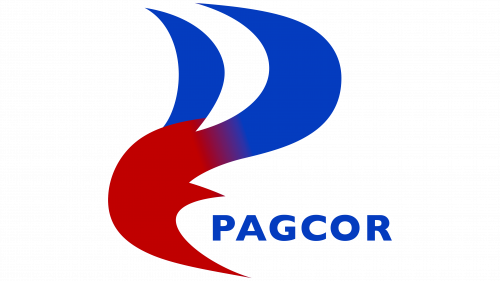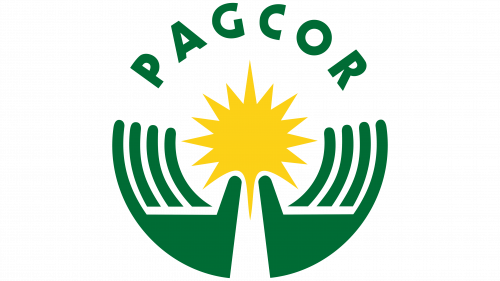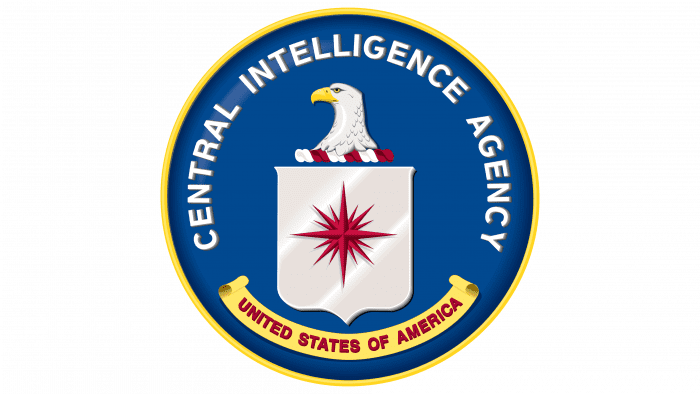PAGCOR: Brand overview
The Philippine Amusement and Gaming Corporation, known as PAGCOR, was created in 1977 by President Ferdinand Marcos (Presidential Decree No. 1869). The agency was tasked with overseeing and issuing gambling licenses in the Philippines, as well as serving as a source of revenue for the government through the gambling industry.
Initially given exclusive authority to manage and supervise all forms of gambling, from card games to lotteries, PAGCOR opened its first casino two years later, in 1979, located in the Manila Hilton Hotel. This was the starting point of the company’s growth, which led to the opening of many casinos in the following years. By 1983, PAGCOR had contributed Php296 million to the government coffers, mainly through various gambling operations.
In the 1990s, PAGCOR diversified its gambling interests. The agency increased the number of casinos it operated and ventured into slot machines and bingo halls. By the end of the millennium, there were 13 casinos and 36 additional satellites operating nationwide.
The early 2000s marked another milestone for PAGCOR as the company set a new revenue record of £16.7 billion in 2001. The decade was also marked by the introduction of casinos under the Casino Filipino brand, owned and operated directly by PAGCOR. This initiative bore fruit: by 2010, the company’s revenues had grown to Php39.9 billion.
2013 was another outstanding year for the corporation when its revenues rose to Php56.7 billion. This financial achievement made PAGCOR the second largest revenue-generating organization for the Philippine government, second only to the IRS. In 2016, celebrating its 39th year of operation, PAGCOR continued to expand its reach by opening 56 branches nationwide and generated Php43.85 billion in revenue.
Meaning and History
1983 – 2023
2023 – today
The Philippine Entertainment and Gaming Corporation spent £3 million to create a logo depicting a red and blue flame that serves as a guiding star on the road to progress. The intricate shape symbolizes transformation and endless energy. It is also a stylized letter “P,” although not very recognizable. Next to it is the abbreviated name of the company: “PAGCOR.” The name is typed in capital letters of blue color. The font is very reminiscent of Wiescher-Design’s Supra Mezzo Bold.
The significant investment in the logo shows the importance the organization places on its branding. The choice of red and blue flame colors symbolizes the duality of excitement and reliability that the company wants to convey. The blue capitalization of the company’s acronym gives it a touch of professionalism and reliability.






